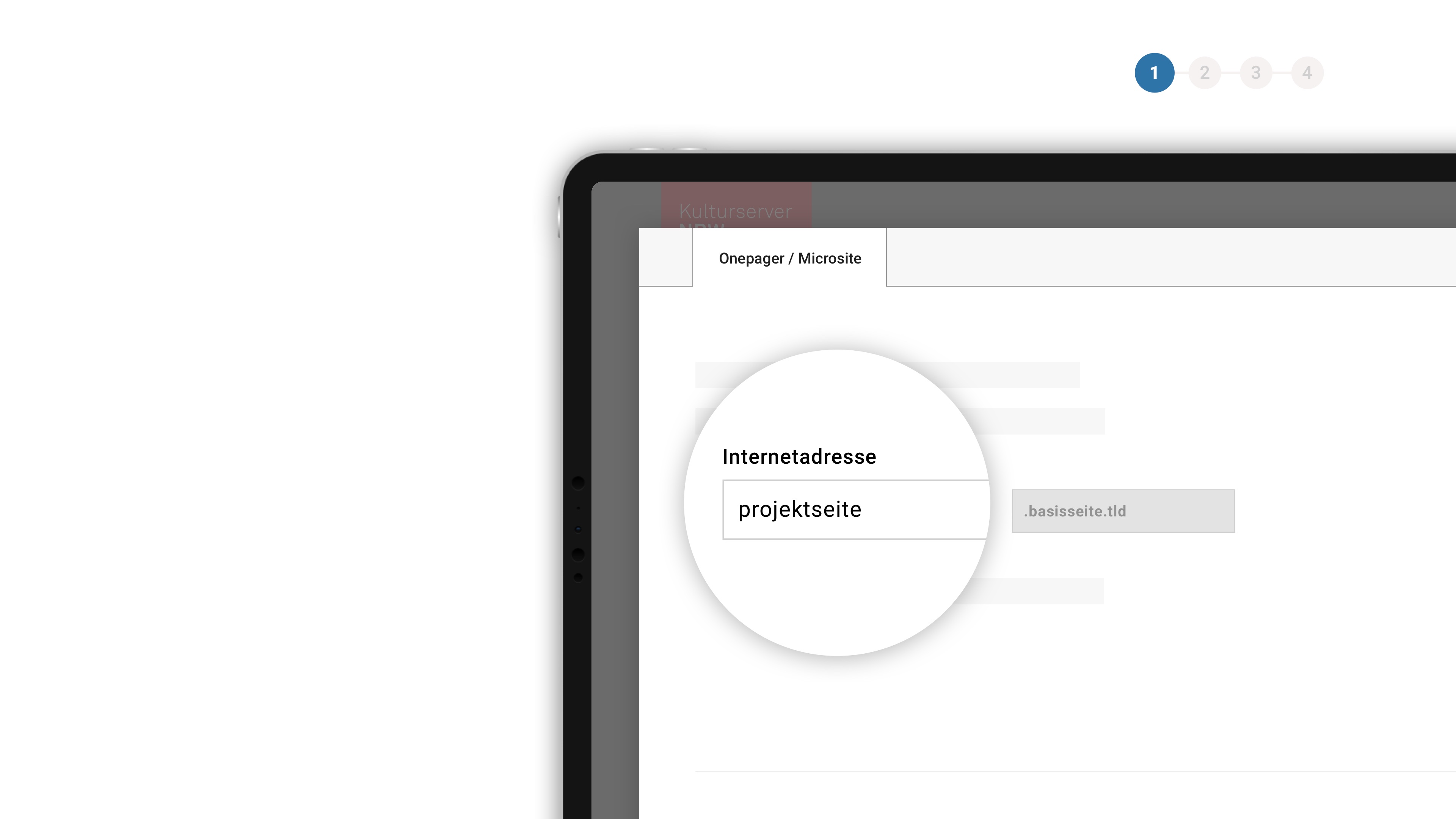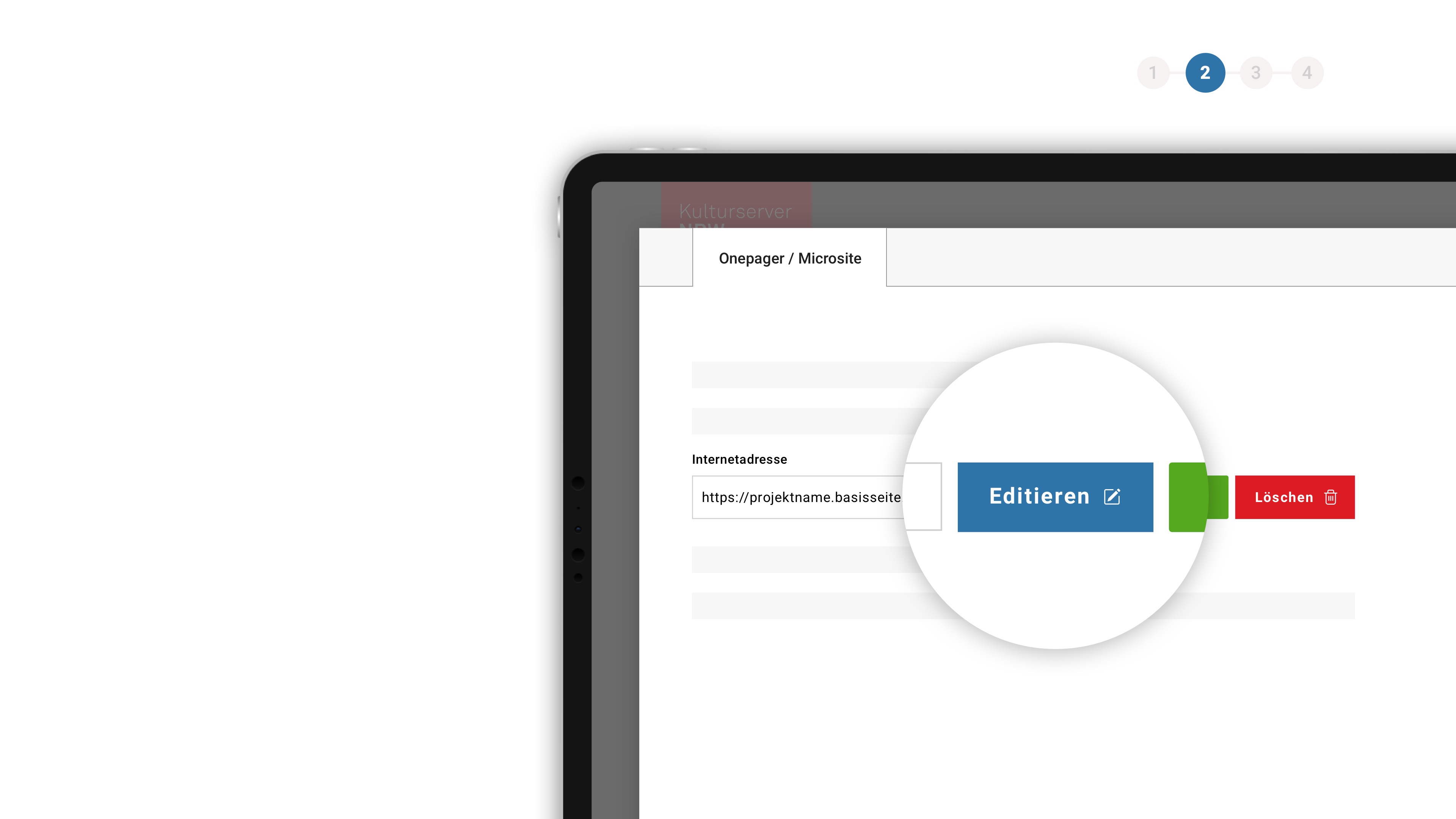Schedule - Deutsche Oper Berlin







Best of – Don Carlo
Giuseppe Verdi (1813 – 1901)
Opera in four acts
Libretto by Joseph Méry and Camille du Locle, based on the tragedy by Friedrich Schiller
First performance of the Italian version by Achille de Lauzières on 10. January, 1884 at Milan
approx. 100 minutes / no interval
In Italian language with German and English surtitles
- Conductor
- Moderation
- King Philip of Spain
- Don Carlo
- Rodrigo, Marquis of Posa
- The Grand Inquisitor
- A Monk
- Elisabeth of Valois
- Princess of Eboli
- Tebaldo
- Orchestra
- 11202119:30JunFriC-Prices: € 100,00 / € 82,00 / € 58,00 / € 34,00 / € 24,00
- 13202116:00JunSunC-Prices: € 100,00 / € 82,00 / € 58,00 / € 34,00 / € 24,00

- Conductor
- Moderation
- King Philip of Spain
- Don Carlo
- Rodrigo, Marquis of Posa
- The Grand Inquisitor
- A Monk
- Elisabeth of Valois
- Princess of Eboli
- Tebaldo
- Orchestra
The incompatibility of public duty with the private happiness of a lover is a thread running through Giuseppe Verdi’s works. His operas are filled with protagonists sacrificing their desire to a higher cause or wracked by internal or external conflicts. This theme finds its clearest expression in DON CARLO, in which all the characters come to grief on account of their inner dichotomies. On the heels of the world premiere of MACBETH in Paris in 1865 Verdi was commissioned to write a work to be mounted at the Grand Opéra. “Don Carlos”, Friedrich Schiller’s 1787 play dealing with issues of national liberty, served as the base text, with Verdi’s librettists compressing the events of the original and focusing on the internal conflicts of the characters. 16th-century Spain is under the iron yoke of the Inquisition. Philip II has married Elisabeth of Valois, daughter of the King of France, to seal the end of hostilities – even though she is contracted to wed Philip’s son, Don Carlos, and is still in love with him. The Marquess of Posa, the prince’s childhood friend, exploits Don Carlos’s despair to recruit him to the cause of the Flanders secessionists. The ominous combination of thwarted love and political conflict is made worse by Princess Eboli, smarting from her rejection. Posa falls victim to the Inquisition and the work closes with a metaphysical flourish, with the voice of the dead Charles V summoning Carlos to join him in the crypt of the monastery.
This was the second time, following LES VEPRES SICILIENNES, that Verdi created a work that was fully in keeping with French tastes: this full, five-act opera, which including ballet set pieces, replaces the classical Italian aria-based model with dramatised soloist scenes. At the time, Verdi was approximating the grand opéra style of a Meyerbeer or Berlioz and was able to experiment. Gone was the unifying “tinta” or hue, which Verdi had still been demanding for his trilogia popolare in the 1850s, to be replaced by a wealth of musical forms and shades. This stylistic richness survived the 1884 rearrangement of the work into a four-act Italian opera, with the prologue-esque first act dropped from the storyline.
This ‘best of’ concert presents the highlights of the piece, allowing you to savour the wide spectrum of musical colour contained in the soloist scenes, duets and full-scale set pieces. These range from the uplifting buddy duet between Carlo and Posa and the self-recrimination of Princess Eboli to the arias by Philip and Elisabeth telling of abandonment in the cold setting of the Escorial.




